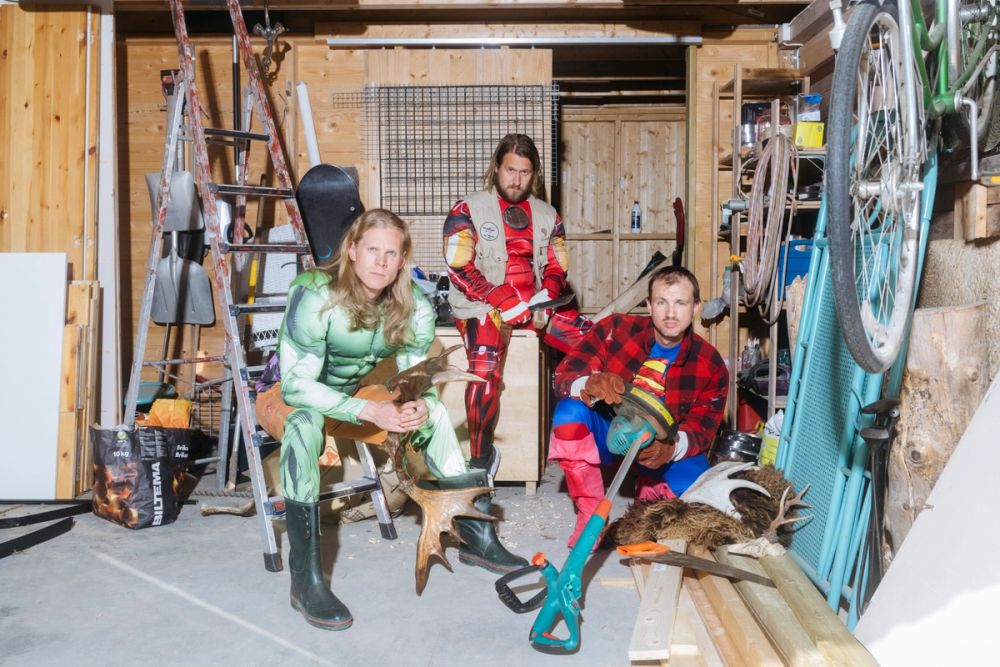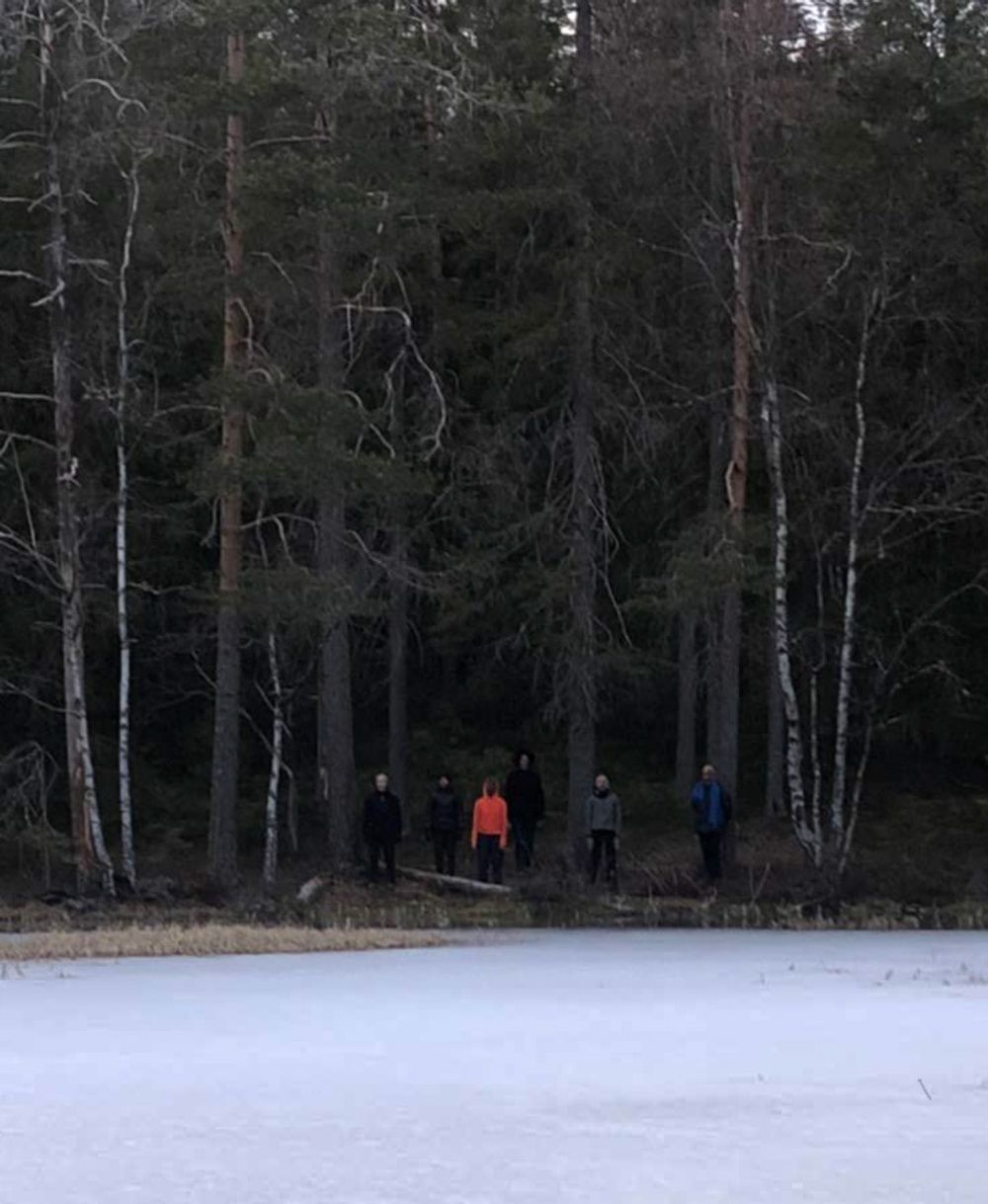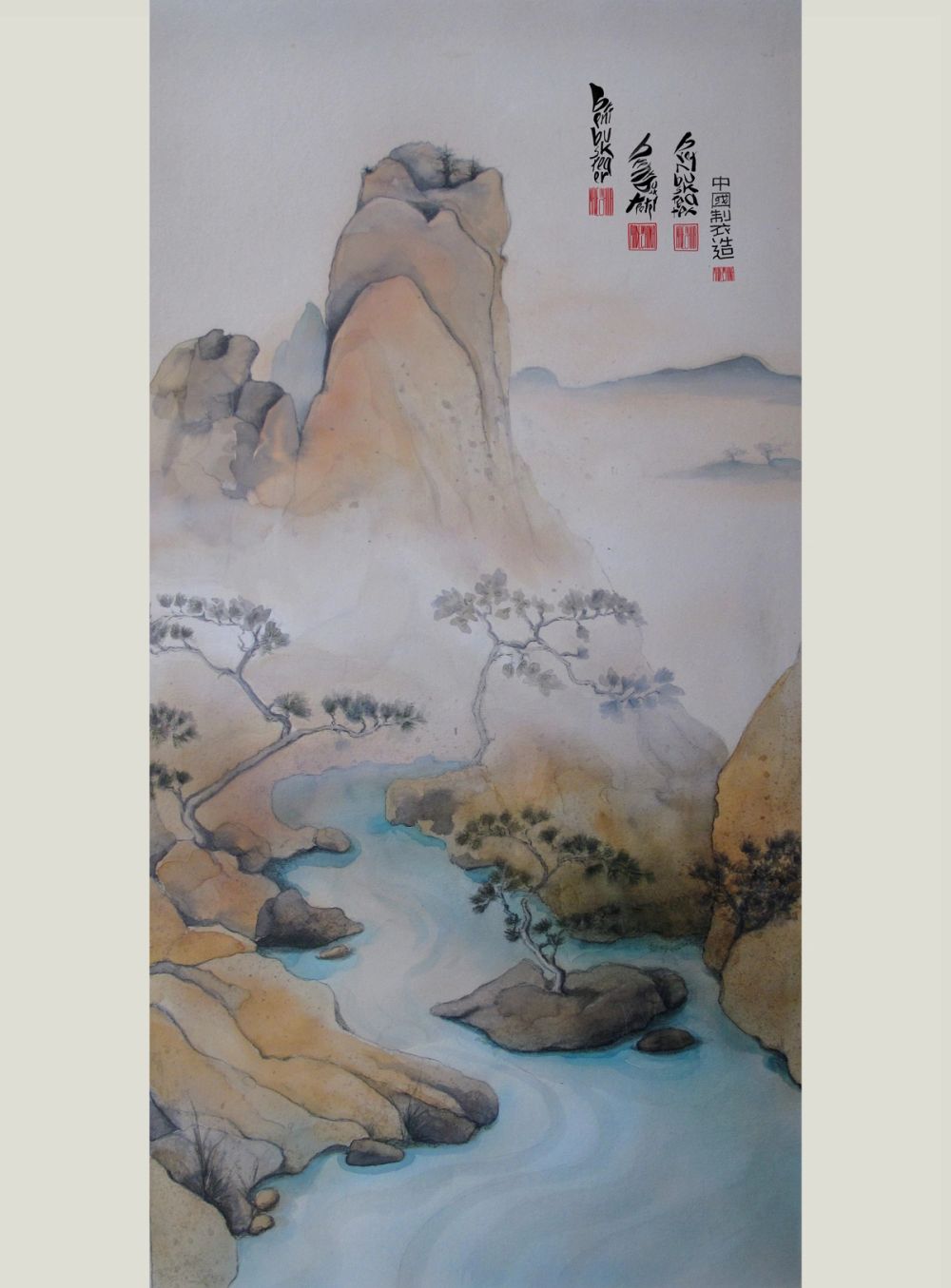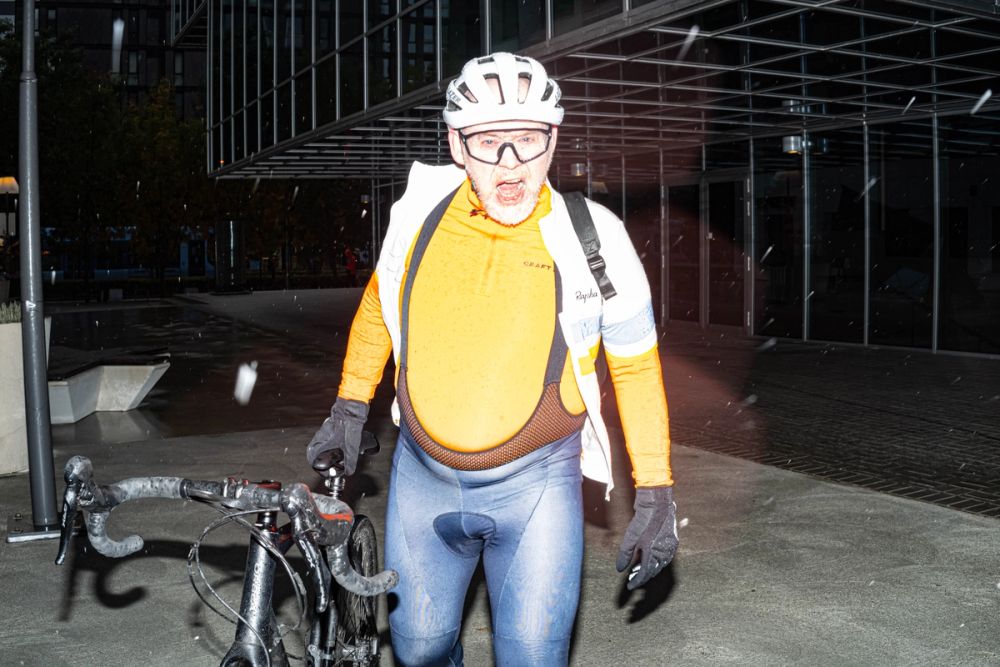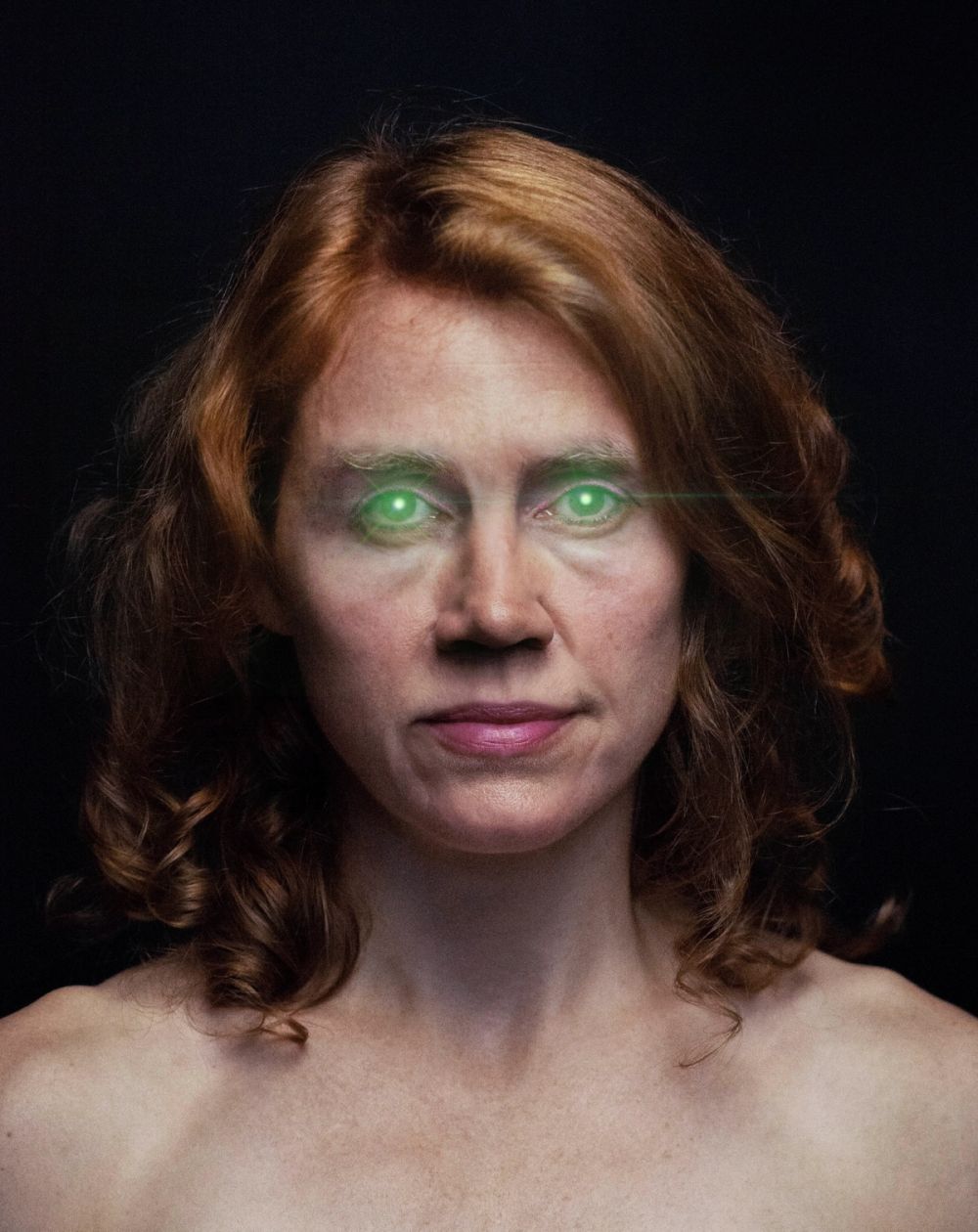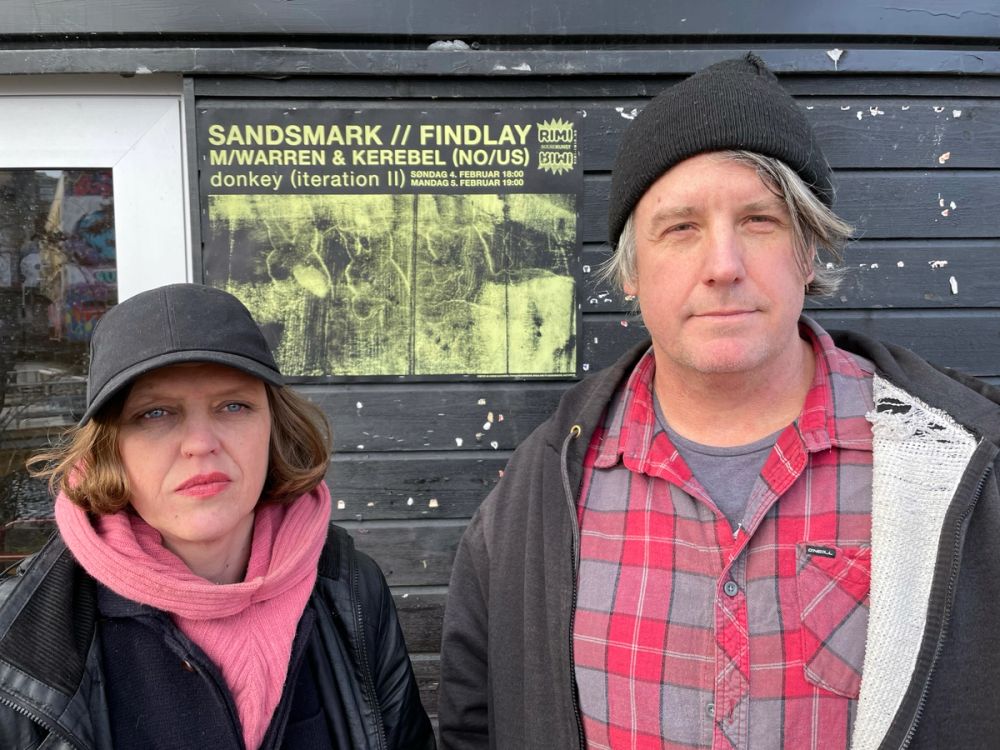En prat med Sandsmark//Findlay
We are happy to welcome Marit Sandsmark and Iver Findlay to Black Box teater with the performance donkey (iteration II). We had a chat with Marit and Iver about the piece and asked them about the creative processes behind their works.
How do you describe the creative process behind your performances? Where did you get inspiration from when working with donkey?
Iver: For each project we invite artists, performers, musicians etc to create a temporal collective where we give equal weight to mediums and expressions focused through a choreographic prism and utilizing live compositional strategies as a tool for exploration and accumulation. For donkey we decided to do something entirely different, simplifying things and working with the idea of iterations and allowing ourselves to build on ideas and a conceptual framework we had developed for the ‘every night in my dreams’ project. We had initially thought we would ask 6-8 artists to join us, using Allan Kaprow’s work and the concept of the ‘happening’ as an installation/ performative technique or framework but quickly realized for various reasons we wanted to reduce and refine, so it became a much smaller group collaboration focused on immediacy and impulse. We also started thinking about openness, immersion, closeness, togetherness, attention and how those things relate to the audience and each other.
Marit: I think we can say that in general our work is made in the making, meaning that we try as much as we can to let the process guide and give direction(s) to the work in different ways. Most times we have a clear idea of what the starting point is, that creates a layer of interest that speaks to the different arts practices that we as initiators have and also our collaborators.
With the work donkey, the starting point was slightly different than the other – in the sense that we already knew when we were finishing «every night in my dreams, (early Cameroon)» that we had an interest in pursuing some of the ideas further, and exhaust the potential in some chosen elements to see what would happen, and how elements would carry on information and history from a previous work, and possibly take on new paths and connections.
At the same time we had a need and desire to not censor ideas that might come with no connection to the previous work, and this kind of spirit was very much inspired by Kaprow and immediacy and chance.
The donkey, which the title refers to is a physical garden statue, (but also used as a metaphor) had already been sitting in the lobby of the rimi space, and I had an impulse of wanting to paint it yellow and move it into the studio.
In the beginning it was refreshing and fun, but as the work unfolded it became a clear alter ego and symbol for me pointing to its qualities as a hard worker, strong willed and loyalty. Being fascinated by the idea that in the action of the work or labor lies a potential of some kind of salvation or revelation. But in addition it also speaks to a more general and existential level where we all share moments of having to work it out or ‘make it work’ in this world,-. the constant wondering of how we got here and where we will go, which is a type of work that will always be with us.
You are known for combining different expressions such as dance, theater, live music and video art. Can you tell us a bit about how you explore the relationship between these expressions?
Marit: Our work is always conceived through extensive use of improvisation and live compositional strategies where the different art forms are being explored next to each other all the time, or mixed and paired down including fewer expressions, as sound and movement, or video and movement.
The interest in the liveness of the work, requires an openness and willingness to create dialogues between the different expressions where one action effects the next, and then effects the next, and so forth, creating a circular motion where each element plays a specific role in the whole.
Iver: Every thing, all the time, at once. We are constantly using and building things to cross pollinate the work and inform each other across mediums giving equal weight to each. Cascading ideas and mediums to form an environment where every thing has equal weight and attention and which informs and relates to each expression. Our process never starts in an empty room or void, but is constantly utilizing live sound compositions and visual refractions to help push the performative or choreographic forward.

As a duo working with several partially permanent partners, you must necessarily focus on collaboration. How do you work together during the process of developing a performance?
Marit: We strive to create an atmosphere where our collaborators have autonomy and agency, therefore also a responsibility of finding their own way into the work. We are interested in the conversations which require a dedication of being open and willing to work without always knowing where it will take us. Sometimes the work is being made in different constellations, spending time in smaller groups and finding connection points between fewer elements.
Iver: Each project or process is different but all tend to commonly hold an impossible starting point or question: how to perform a group hypnosis of the entire audience, how to create a nostalgia for the present, or the next iteration in the making- how to immerse the audience in a room sized dream machine that they experience from the inside. Donkey was specifically meant as a relearning of relations, references or connections, and allowing a different type of intuition and openness to guide the process. Past projects have leaned towards exhausting material and ideas until they bleed out the ineffable mysteries and potential. But with donkey it was somehow more focused and conceptually solid from the beginning so it was built or constructed to allow more intuitive input and immediacy.
donkey (iteration II) will be shown February 29th - March 3rd.
